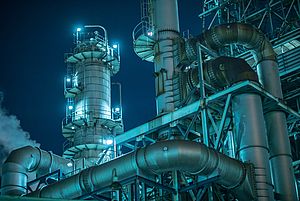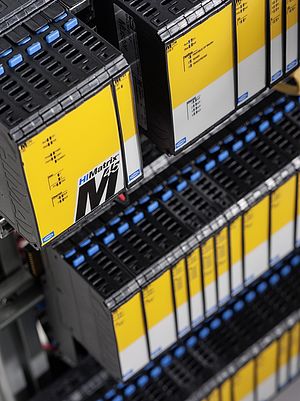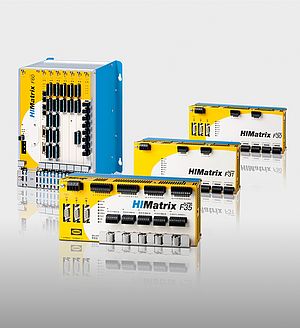A new type of flow-based pipeline protection system (PPS) for the new Gjøa field in the Norwegian sector of the North Sea will lead to significant savings in pipeline costs and higher pressures for gas transport. The process on which PPS is based has been developed and patented by Statoil. Bjørge Safety Systems AS (BSS), the Norwegian agent of the company HIMA Paul Hildebrandt, has implemented the PPS with HIMA’s safety system H51q.
From 2010, the Gjøa field will be exporting gas to the existing FLAGS pipeline to the UK (St Fergus) via a 130-km-long connecting pipeline. The export pressure in Gjøa is higher than the permitted pressure in St Fergus. Since the FLAGS pipeline receives gas from quite a few fields in the North Sea and there is a danger of gas hydrate formation at the Gjøa pipeline connection point, it was not feasible to put the PPS for Gjøa on a slave system in St Fergus.
The new PPS is a single-ended solution, which is installed on the Gjøa platform. Besides monitoring the pipeline entry pressure, it also measures the flow and temperature in the pipeline. All parameters are collected in the HIMA safety control system. Among other things the engineering tool ELOP II also produces a flow profile, which is simulated in a dynamic model to forecast the requisite shut-down scenarios and target values. In the process the software uses various shut-down scenarios depending on the actual flow, pressure and temperature values.
The new PPS makes it possible to operate at a higher pressure and with higher flow rates in the pipeline. The diameter of the Gjøa pipeline could then be reduced from 720 mm to 680 mm, leading to savings of about €10m for the Gjøa licence partners. The many years of experience gained by Statoil with BSS pipeline protection systems and the proven reliability of HIMA safety-related control systems were decisive in helping to secure the order.





















